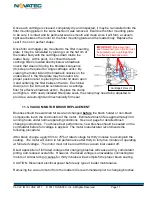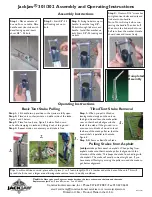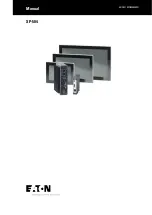
VL-VLP IM 19 JUNE 2017 © 2017 NOVATEC, Inc. All Rights Reserved
Page 4
1-
PRINCIPLE OF OPERATION
NOVATEC vacuum loaders utilize a powerful motor to create a vacuum, which draws
material into a chamber. After the load time setting has expired, the vacuum motor is turned
off and the negative pressure in the chamber is relieved. Material in the chamber then falls
through the bottom, past the flapper while compressed air is pulsed through the filter to
dislodge any contaminants or fines that may have accumulated. This cycle is repeated as
many times as necessary, until the unit is shut off by the rise of the conveyed material in the
area below the loader which trips the level switch, removing the ‘demand’ signal.
Machine mounted units do not have a demand switch actuated by the discharge flapper
valve, but instead utilize a remote sensor for demand. The sensor is attached to an
adjustable bracket that slides along the length of a clear sight tube serving as a Just-in-Time
(JIT) material hopper mounted between the machine throat and loader discharge. The
sensor height on the site tube determines the level of material that triggers a demand for
more material and a new load cycle. The sensor may be either a capacitance style, with
sensitivity adjustment, or a pair of photoelectric sensors, an emitter and a receiver.
The bottom flange is normally supplied undrilled to allow the customer to drill the appropriate
mounting pattern for a particular machine.
2-
UNPACKING AND INSPECTION
NOVATEC Vacuum loaders are shipped complete, with all controls for automatic operation.
The only utilities required are a 115 or 220 volt power supply (depending on voltage of
control), and clean, dry compressed air at approximately 80 PSI.
After receipt of the unit, completely inspect it for damage. Although the units are packaged
securely, vibration and mishandling during transit can cause damage.




































